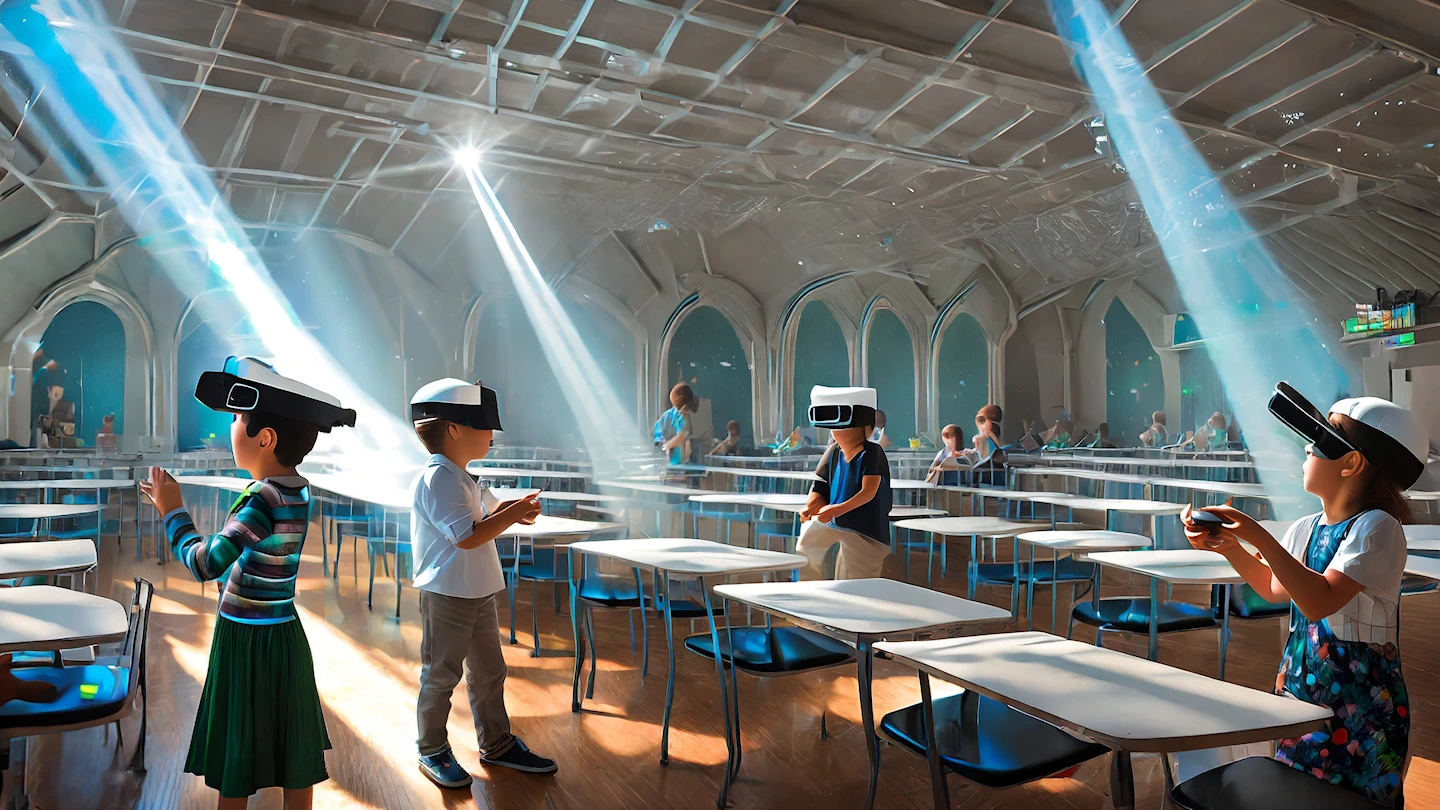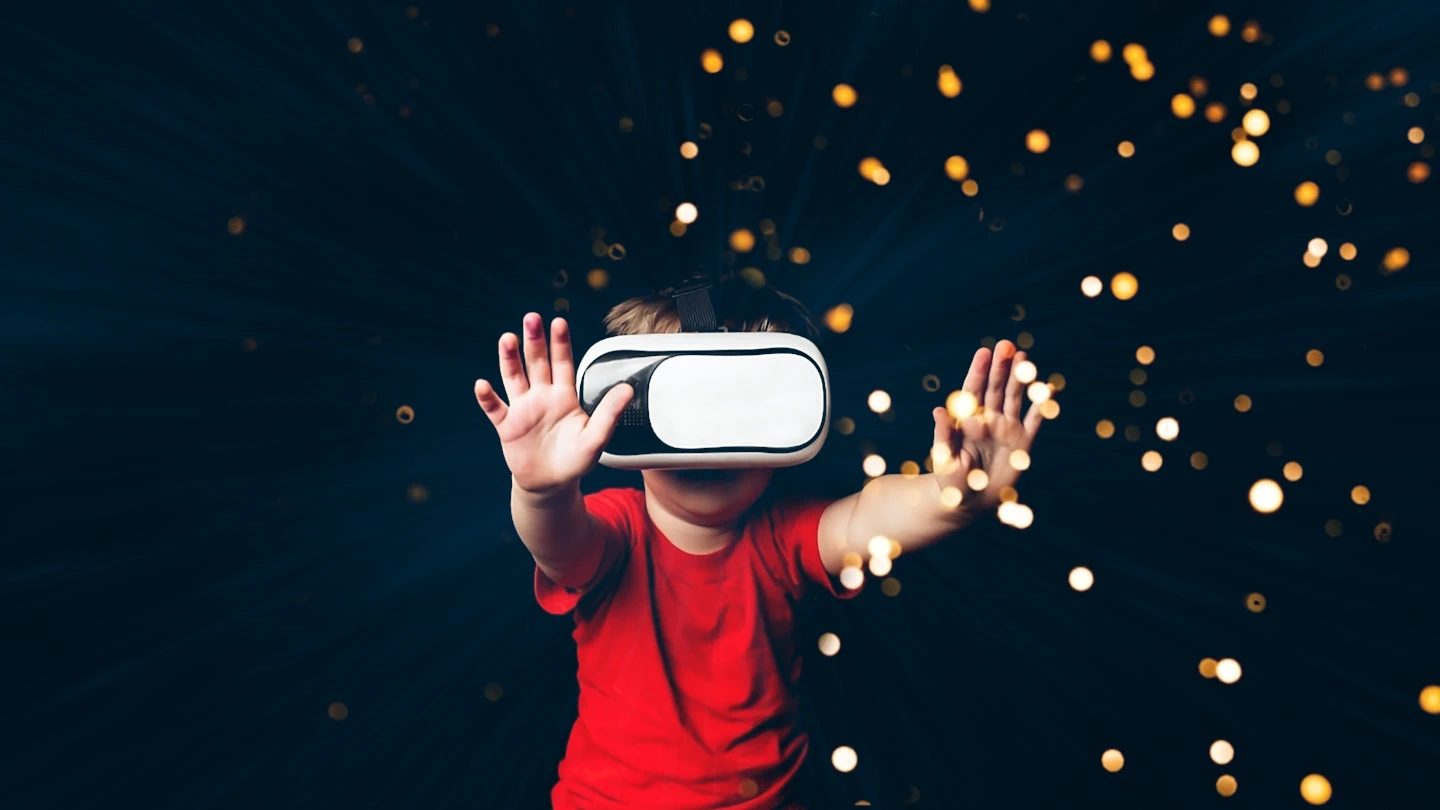April is renowned as Earth Month in numerous countries, casting a spotlight on the vital importance of our environment and the innovative ways in which technology, particularly Virtual Reality (VR) and Augmented Reality (AR), can aid in its protection.
The Rise of VR & AR
Virtual and Augmented Reality technologies have surged in popularity over the last decade. They present a mesmerizing fusion of the digital and physical worlds, providing immersive experiences that can transport users to other realms. While they consume resources like raw materials and electricity, their potential environmental benefits cannot be understated.
Educational Potential of VR
E, The Environmental Magazine highlighted in a 2019 article the profound impact of VR in bringing the consequences of pollution and climate change closer to home.
Some of how VR promises to revolutionize education include:
- Emotional Engagement: Projects such as the one by Greenpeace immerse individuals in oceanic environments, allowing them to witness coral bleaching firsthand.
- Interactive Learning: Companies like Alter Learning are pioneering games that educate and engage children in understanding environmental issues.
- Museum Collaborations: The use of VR in museums to portray the catastrophic effects of climate change can serve as a wake-up call, driving home the urgent need for collective action.
Redefining Events & Marketing
Conventional methods of hosting events and marketing products often come with an environmental cost.
However, the transition to virtual platforms can potentially reduce this:
- Virtual Events: By hosting sports events and concerts in the virtual realm, there’s a significant reduction in the carbon footprint due to minimized transportation, infrastructure set-up, and waste generation.
- Digital Advertising: Delivering advertisements and product samples virtually can substantially reduce the use of paper and plastic.
A Shift in Perspective: Psychological Impact
In 2022, the Journal of Environmental Psychology presented a groundbreaking study that delved into the psychological effects of VR experiences. Key takeaways include:
- Connection with Distant Environments: VR allows users to venture into far-off or otherwise unreachable natural habitats. This intimate experience fosters a deeper connection, creating a heightened sense of responsibility towards these environments.
- Promotion of Conservation: Immersive VR experiences can invoke powerful emotions, prompting users to take tangible actions toward the conservation of depicted lands.
Future Endeavors: The Path Ahead
As developers and proponents of VR and AR technology, there’s an intrinsic motivation to use these platforms for the betterment of our planet. Upcoming projects focus on ocean and planetary exploration simulations. By immersing users in these pristine environments, the hope is to inspire a global community that actively participates in sustainability and conservation efforts.
Conclusion
The environmental promise of VR and AR technologies is undeniable. By bridging the gap between individuals and distant ecosystems, these platforms serve as potent tools in the fight against environmental degradation. As we commemorate Earth Month, let’s acknowledge the power of these technological marvels and harness them for a greener future.
Frequent Asked Question
How can VR reduce the carbon footprint in the tourism sector?
By offering virtual tours, VR reduces the need for physical travel, thereby decreasing carbon emissions from transportation.
Isn’t VR technology energy-intensive?
While VR requires energy, its potential to reduce energy consumption in other areas, such as travel, can outweigh its energy use.
How does VR promote environmental education?
VR provides immersive experiences, allowing users to virtually experience environmental issues firsthand, fostering deeper understanding and empathy.
Are there environmental concerns with the production of VR equipment?
Like all electronics, VR equipment production has an environmental impact, emphasizing the importance of recycling and sustainable manufacturing practices.
Can VR be used in wildlife conservation?
Absolutely! VR can be used for virtual wildlife experiences, reducing disturbances to natural habitats, and also for training conservationists in simulated environments.



